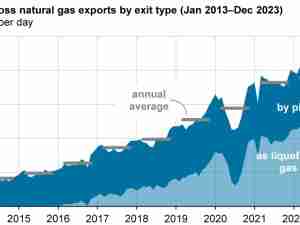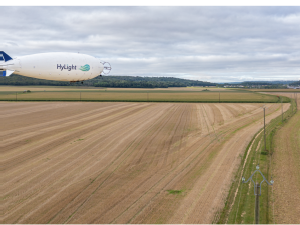U.S. West Coast refiners snap up Russian crude cargoes
By: Reuters | Jun 24 2015 at 02:57 AM
SINGAPORE - Refiners on the U.S. West Coast and Hawaii have stepped up purchases of Russian crude, taking advantage of a narrow gap between U.S. and global prices as they look to guard against a seasonal shortage of Alaskan supply, trade and industry sources said.
Up to four tankers were expected to carry nearly 3 million barrels of Russia’s ESPO crude from Kozmino near the city of Vladivostok to refineries in the United States this month and next, the sources said.
That will help Russia diversify beyond key buyers in China, South Korea and Japan at a time when Asian markets are grappling with oversupply. Sanctions against Russia over its actions in Ukraine bar U.S. oil companies from drilling in the country, but purchases of oil are still allowed.
But traders said the shipments marked only a temporary trend as refineries were buying amid uncertainty over the supply of Alaska North Slope (ANS) crude during the summer months. ANS is regularly shipped to the U.S. West Coast, but production normally falls in summer due to field maintenance.
“I don’t see a huge pull from the West Coast apart from what has been bought already,” said one trader with a company operating a refinery in California.
Reuters ship tracking data confirms that the Aegean Power tanker loaded 730,000 barrels of ESPO crude last week and is due to arrive at the Long Beach refining hub in Los Angeles on July 9.
One industry source, who was not authorised to speak to the media, said Chevron Corp likely bought the cargo for processing at its El Segundo refinery in Los Angeles. A spokesman for the U.S. oil major declined to comment.
Two or three additional cargoes are due to load either later this month or next, with Valero Energy Corp shipping Russian crude to one of its two refineries on the U.S. West Coast, and Par Petroleum taking at least one cargo to Hawaii, according to four trade and industry sources.
A Valero spokesman declined to comment on the issue, but said the company was waiting for approval for a terminal that would allow rail shipments of North American crude to be delivered to its Benicia refinery near San Francisco “lessening the reliance on foreign crudes”.
Par Petroleum did not reply to emailed questions.
The price gap between U.S. crude and international benchmarks like Brent and Dubai has tightened, with global prices weighed down by near-record OPEC production while the U.S. market has been supported by slowing output and higher gasoline use.
ESPO was regularly shipped to the United States after production began in 2009, but trade slowed. In 2013 and 2014, a total of six ESPO cargoes were exported to U.S. refiners, with the latest in August last year, Reuters ship tracking data showed. (Editing by Joseph Radford)








_A_-_28de80_-_38f408a0a1c601cdbf9fe70c9d30a28084a5da3d_lqip.jpg)
